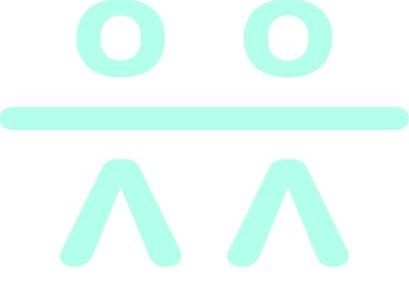
Sound and noise are interchangable terms, sound being what we hear as a result of vibrations travelling though the air and noise is commonly defined as unwanted sound.
When workers or other people are exposed to hazardous levels of noise in the workplace, it can place them at significant risk. The code of practice's exposure standards are based on the measurement of decibels which can be assessed by a sound meter (or decibel meter). Each workplaces levels of noise can be different and at times a noise assessment may not always need measuring. This would be applicable with machinery or use of tools where the manufacturer has provided information about particular noise levels.
Noise at work regulations:
The Work Health and Safety Act (the WHS Act) introduces increased responsibilities on employers² regarding noise, and it's important that your safety system is applied equally to contractors and your employees.
A PCBU not only is required to assess the level of noise a worker is exposed too, control the level through elimination or minimisation, but they may be required to monitor the effectiveness of their interventions through Audiometric Assessments (specialised hearing test).
Noise can either:
- Cause gradual hearing loss over a period of time due to exposure.
- Be so loud that it causes immediate hearing loss.
1. How you can identify noise at work:
Workplace Noise is measured using a sound meter which measures and records the level of Decibels in the surrounds. For each of these levels there are limits of what is acceptable. Noise above 140dB²{C} or above 85dB (A) for an 8 hour continuous period require specific controls.

2. Audiometric testing:
What is audiometric testing: The testing and measurement of the hearing threshold levels of each ear of a person by a pure tone air conduction threshold test.
- Must be conducted if noise levels are above the limits noted in part 1
- If a worker is required to use personal protective equipment but the person conducting a business undertaking to protect the worker from risk of hearing loss associated with any noise exceeding the standard exposure.
- Persons conducting the business or undertaking providing the PPE as a measure of control must provide audio metric testing for the worker.within 3 months of the workers commencing, and in any event.
- Regular follow-up tests must be carried out at least every two years
- You must consult with your workers and their health and safety representatives
- Workers should be given the results of audiometric testing accompanied by a written explanation of the meaning and implications.
Maximum penalties:
- In the case of an individual - $6000 or
- in the case of a body corporate - $30,000
3. How a noise assessment can help:
- Identifies the workers that have the most risk of hearing loss
- Helps check the effectiveness of current measures of sound control.
- Determines which noise sources and process are causing the risk.
- Identify potential types of noise control procedures that would be implemented.
Further information is available from the Managing Noise And Preventing Hearing Loss At Work Code of Practice 2011.
If your workplace exposes workers or other people to hazardous levels of noise, a risk assessment should be conducted which includes the use of a sound meter. Our safety team can provide a training session which will show you how to manage this complex arrangement and close as many exposure gaps as possible.
For more information, contact Recovery Partners on 1300 OHS RTW (647 789)
² we use this term to include PCBU’s
² Noise is measured in DECIBELS (dB)
References:
https://legislation.nsw.gov.au/~/pdf/view/regulation/2011/674/historical2016-07-01/chap4



